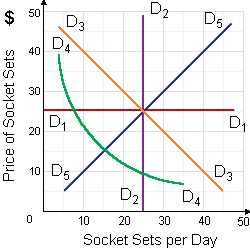The percentage change within quantity demanded along this demonstrated linear demand curve is: (w) greater than the percentage change within price in range b. (x) smaller than the percentage change within price in range a. (y) precisely equal to a very tiny percentage change within price only at the midpoint. (z) equal to the percentage change within price in range a.

Please choose the right answer from above...I want your suggestion for the same.